Opinion: When it comes to Electric Cars, it’s China vs the Rest of the World
Industry analysis and consulting firm JATO Dynamics says that, by the second half of this century, most vehicles will have non-combustion powertrains. But the Chinese have seen this coming early on and have jockeyed into position.
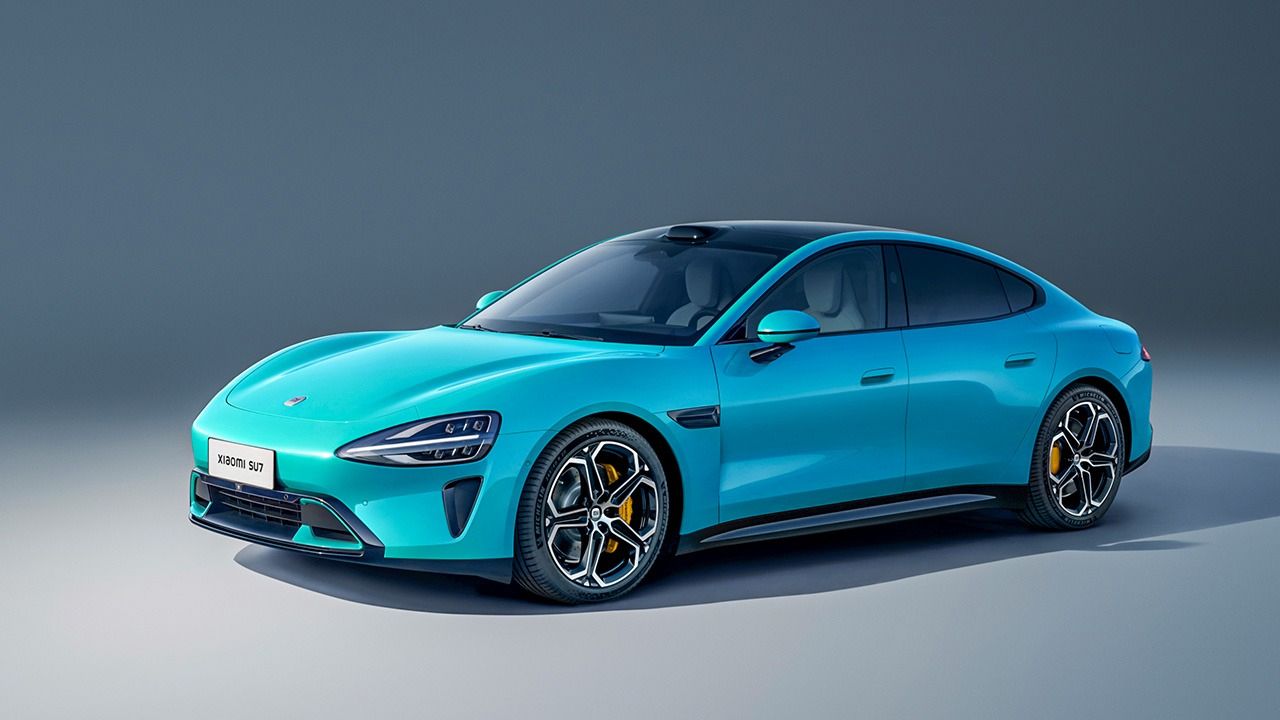
It’s China vs. the Rest of the World when it comes to electric cars. What will it take to catch up with the Chinese? Hint: Government action can only do so much.
When I last heard, Xiaomi was making smartphones. Lots of them. The world was taking a breather last December between Christmas and New Year celebrations when Xiaomi unveiled the SU7, ready to hit the roads this year – barely three years after the firm made public its intent to produce electric cars. Xiaomi was set up in 2010.
The SU7 is not a bad-looking car at all, even though you may detect traces of Porsche and Lotus in its design. It’s got the goods too – I’ll skip the delicious bits, but it’s quick, powerful, well-engineered (its EV architecture is exceptional) and its powerful motors are developed in-house. And that’s just for starters. Its founder Lei Jun has said that Xiaomi will rival Porsche and Tesla, and will become a top-five global carmaker in 15 to 20 years. Friendly reminder: Xiaomi is a 13-year-old company.
Just before Xiaomi presented the SU7, another Chinese firm, Nio, showcased its flagship coupe crossover, the ET9. To hit the road in 2025, the ET9 too bristles with tech and cutting-edge electric performance that a humble column won’t do justice to. Suffice to say that Nio’s founder William Li dropped brand names like the Mercedes-Maybach S-Class, Audi A8, BMW 7 Series and Porsche Panamera when talking about his ET9. Unlike Xiaomi, Nio started as a car company. Oh, and it’s less than 10 years old.
Will these electric kids cope with century-old hallowed ICE brands that have dominated global markets? Do you have any doubts? The Chinese have leapfrogged over all their disadvantages in ICE vehicles and are now setting the standard in BEVs. Industry analysis and consulting firm JATO Dynamics says that, by the second half of this century, most vehicles will have non-combustion powertrains. But the Chinese have seen this coming early on and have jockeyed into position. They are so far ahead in innovation, technology, engineering and large-scale production of zero-emission vehicles that the rest of the world is struggling to catch up. Even the perceptions of build quality cannot stick anymore. For instance, they are rapidly adopting gigacasting for manufacturing. What about design, you ask? Well, they are making some very good-looking cars and SUVs – even the volume models. What about ride and handling? Well, how many electric car buyers out there want to straight-line some corners?
Unlike the US, China has made rapid inroads into the developed European market, with Chinese EVs far outstripping European model sales. With BEVs expected to overtake ICE vehicles in Europe in 2025, especially powered by more affordable ones, guess who will be the winner? Of course, developing countries have no such qualms about having to choose between Chinese and legacy or ICE and electric. JATO data shows that in developing economies, the market-share of Chinese car brands jumped from 4.79% in 2021 to 6.46% in 2022.
Great brands that have stood for peerless performance, unsurpassable heritage and exuding luxury are now being spoken of in the same breath as weird Chinese names. Yuanhang. Arcfox. Zeekr. JiYue. YangWang. BeyonCa. Li Auto. XPeng. O Fook Mi. The last one – clever ones amongst you would have guessed – is not a brand name but an expression that says we are all screwed.
Also Read: Opinion: The 'Road Accidents in India' 236-Page Report Sheds Light on a Lot, And it is Depressing
What’s stopping them from dominating the world, and India? Three factors. One, China itself: the Chinese Government’s single-party hubris, the current state of the Chinese economy, the inevitable shakeup of 300-odd EV manufacturers and, of course, anti-China global consumer pushback. Two, governmental strategic and policy measures. The Biden administration’s Inflation Reduction Act is an example. Punitive tariffs imposed by the EU to support local manufacturing is another, but the EU is in a bind, as most of its OEMs are heavily dependent on the Chinese market for growth. India, of course, has a policy that makes it difficult for countries that share a border with it to invest here. Our PLI schemes for auto and battery, with strong incentives for domestic value addition, are a strategic necessity.
And three is the relentless pursuit of innovation and R&D by OEMs and companies integral to the mobility ecosystem. How much ever I or any of us dislike the Chinese, there’s no taking away from the fact that they think and act strategically and they innovate rapidly. Their electric cars offer value and delight to their customers, in performance, range, interface and form factors consistently – exactly what they did with smartphones. Their innovation is always-on. This is the toughest of them all, but one in which companies don’t have to depend on factors one and two. Is anyone up for the challenge?

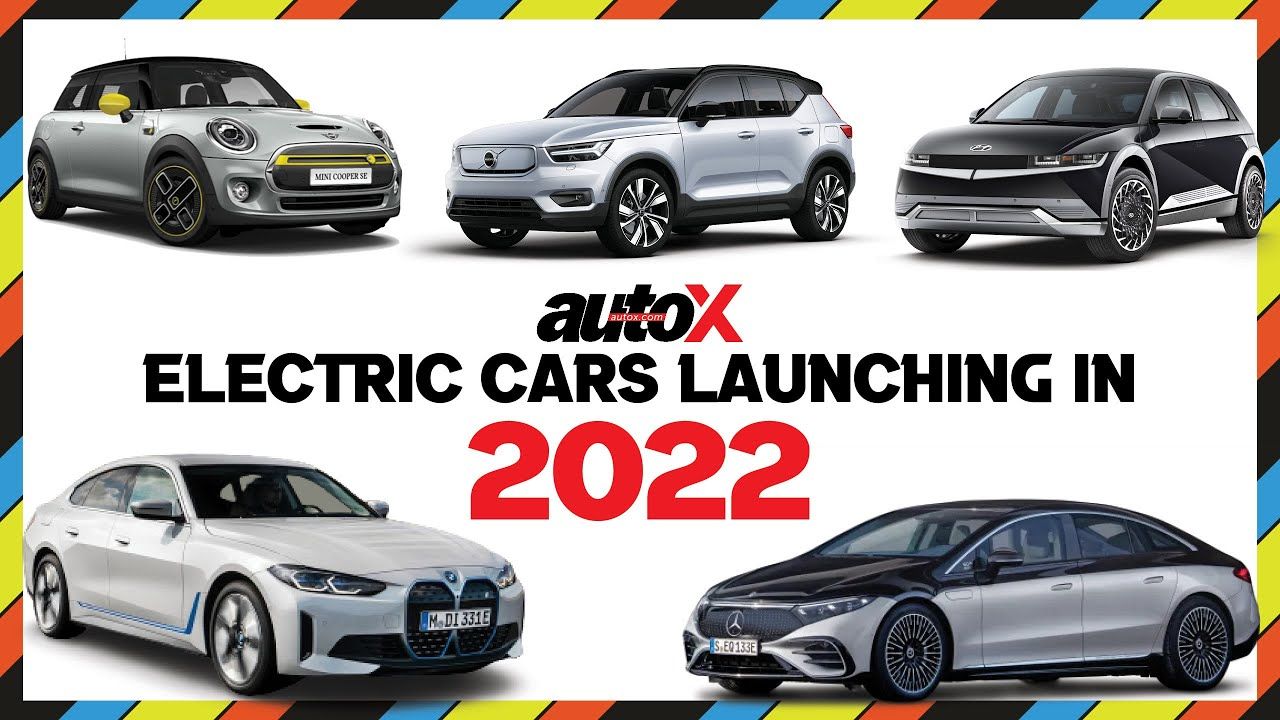
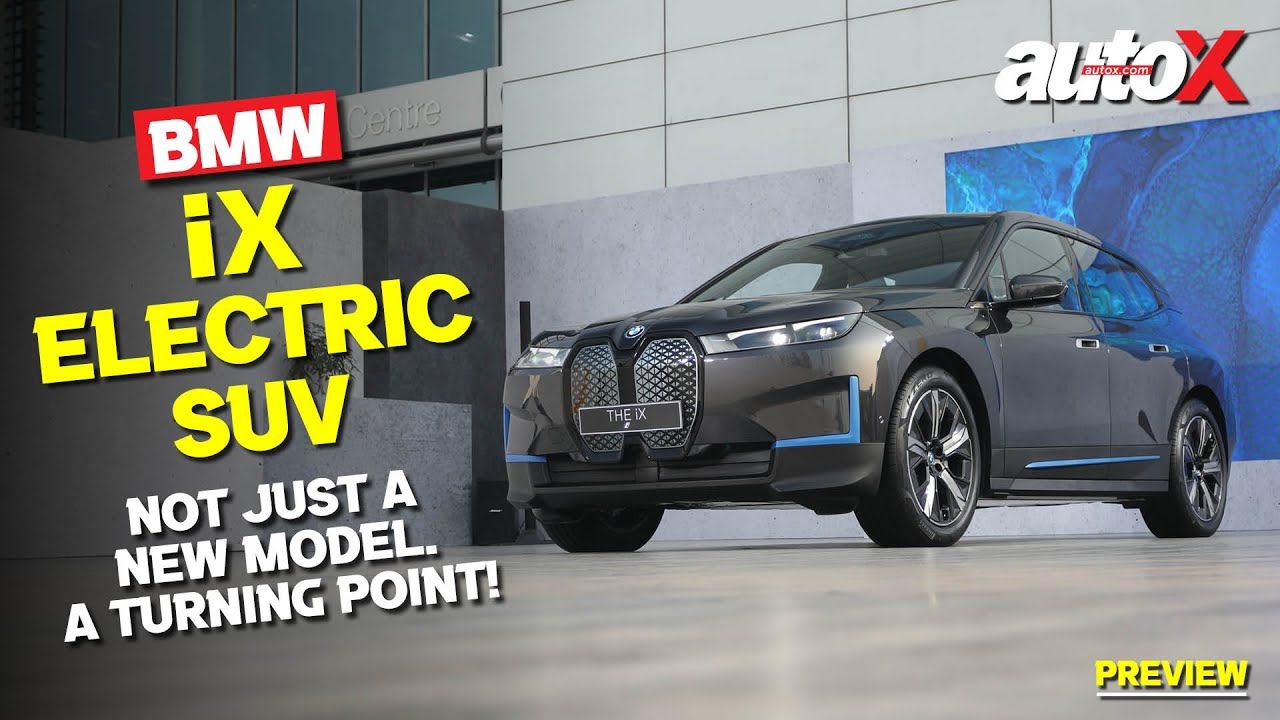


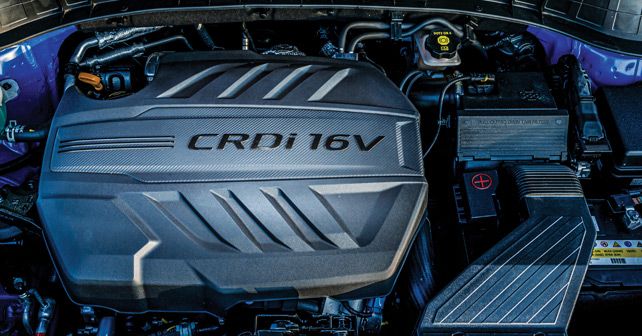
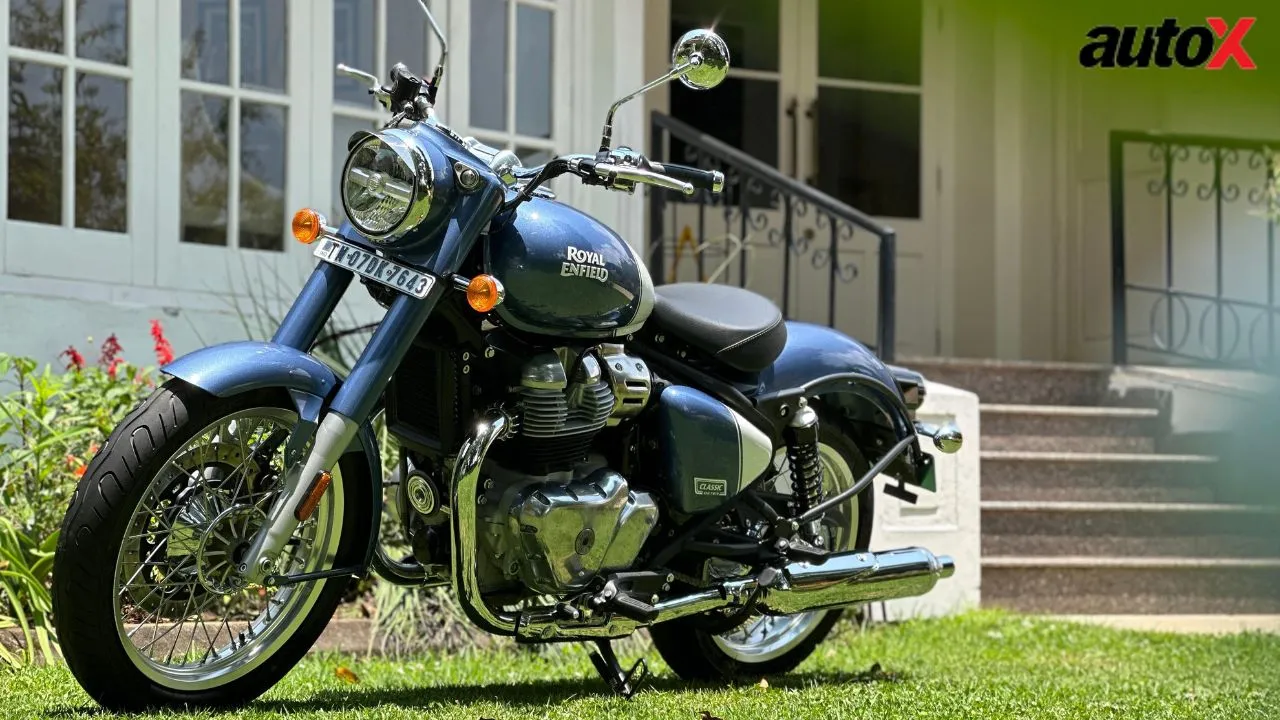

-(1).webp)

-(1).webp)


















Write your Comment on